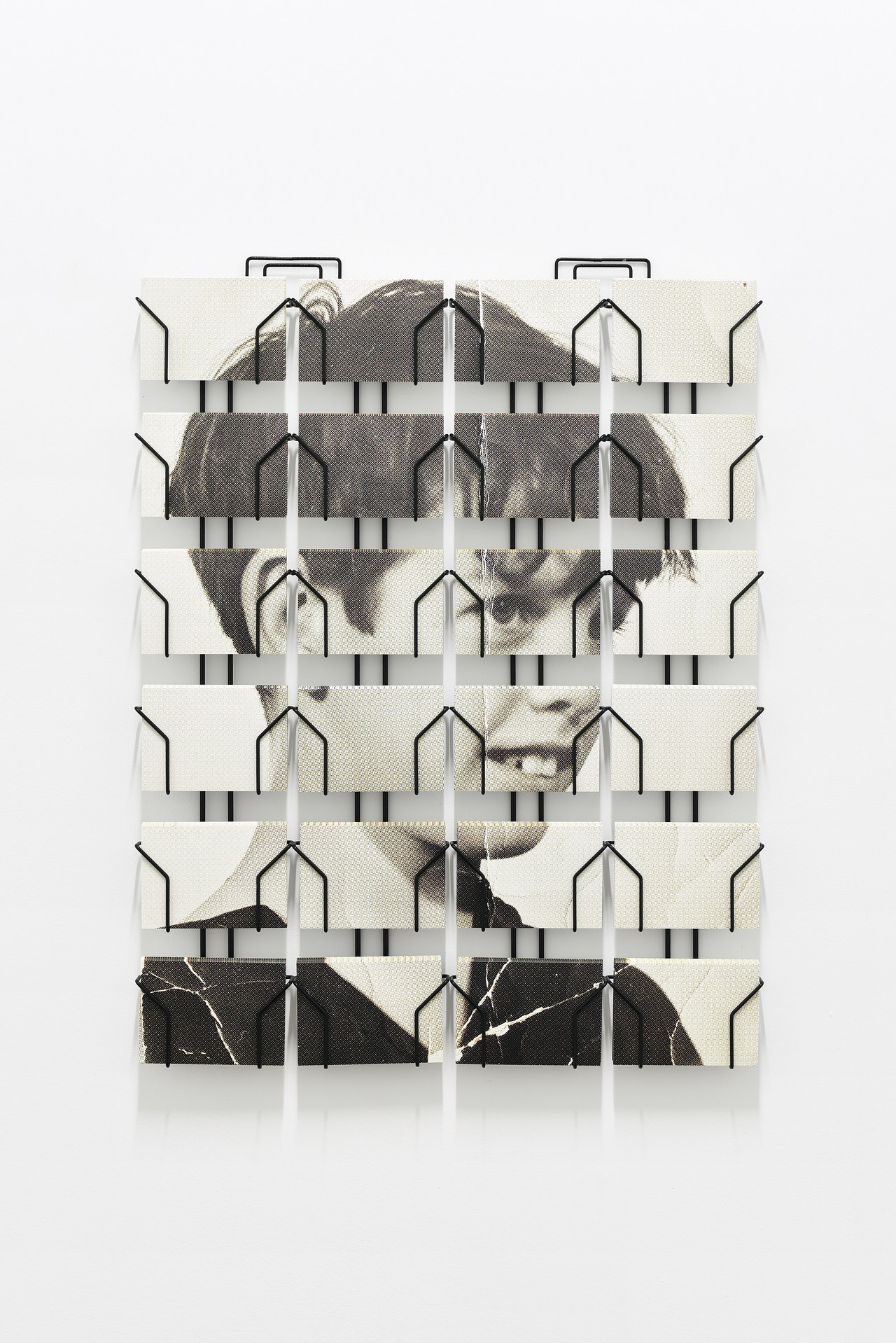No Position Available
2007 - Installation (Installation)
Ceal Floyer
NO POSITIONS AVAILABLE is composed of panels covering the entire wall of the gallery exemplifying one of the tendencies of the artist. The “billboard sign,” like a ready-made, plays with the different meanings of the title, literally and abstractly. The repetition of the sign, as it has used in Minimal and Conceptual art, fills the space. On a more abstract level, Floyer like Jonathan Monk and Mario Garcia Torres, explores the possibility of reformulating historical proposals from the 60s and 70s. Depending on the context and placement of the work, this work takes into account a socio-political reality,referring to unemployment and lack of work. This elliptical work makes sense only in the network of meanings produced by its activation in the exhibition. The artist’s primary concern is the context, understood as a given space where the work can be seen and read more broadly as an economic, social, and political network.
Ceal Floyer was born in 1968 in Karachi, Pakistan. She lives and works in Berlin, Germany.
Colors:
Related works of genres: » english contemporary artists

© » KADIST
Ryan Gander
2012Epiphany…learnt through hardship is composed of a bronze sculpture depicting the model of the little dancer of Degas, in the pose of a female nude photographed by Edward Weston (Nude, 1936) accompanied by a blue cube...

© » KADIST
Ian Breakwell
2008“BC/AD” (Before Cancer, After Diagnoses) is a video of photographs of the artist’s face dating from early childhood to the month before he died, accompanied by the last diary entries he wrote from April 2004 to July 2005 (entitled “50 Reasons for Getting Out of Bed”), from the period from when he lost his voice, thinking he had laryngitis, through the moment he was diagnosed with lung cancer and the subsequent treatment that was ultimately, ineffective...

© » KADIST
Mark Leckey
2004In Made In Heaven , we are face to face with a sculptural apparition, a divine visitation in the artist’s studio...

© » KADIST
Jeremy Deller
2012Beyond the White Walls , with a commentary written and spoken by Jeremy Deller, is often wryly amusing...

© » KADIST
Tacita Dean
2001The photographic quality of the film Baobab is not only the result of a highly sophisticated use of black and white and light, but also of the way in which each tree is characterized as an individual, creating in the end a series of portraits...








